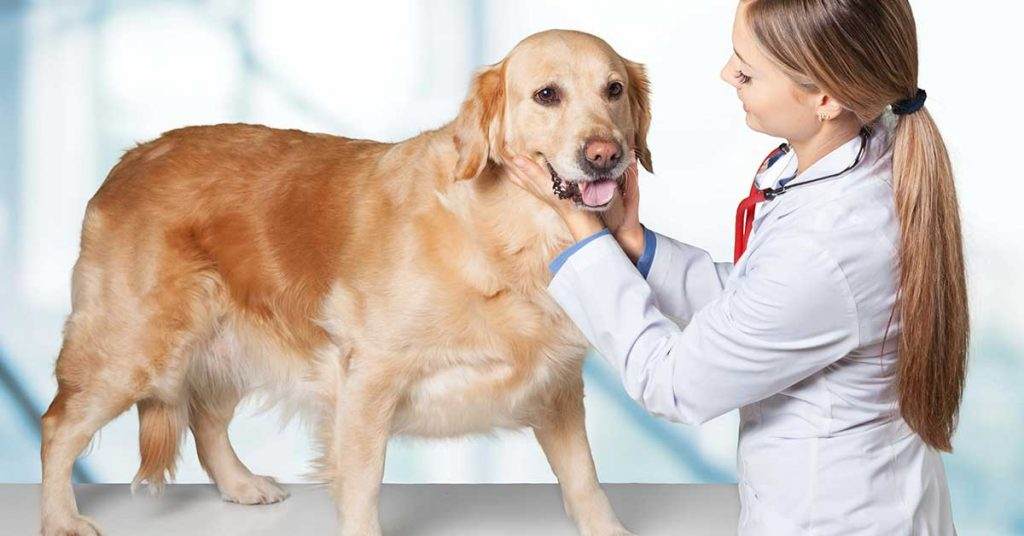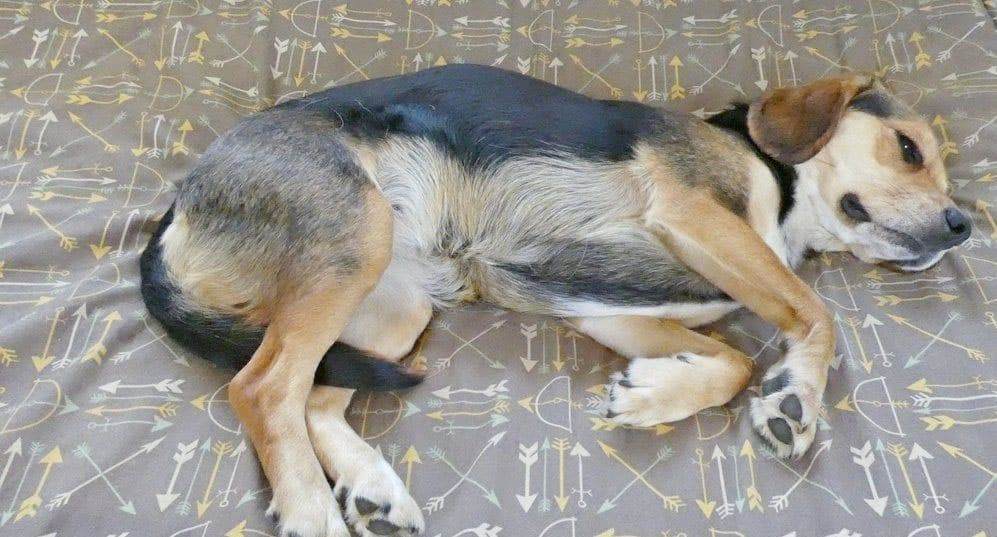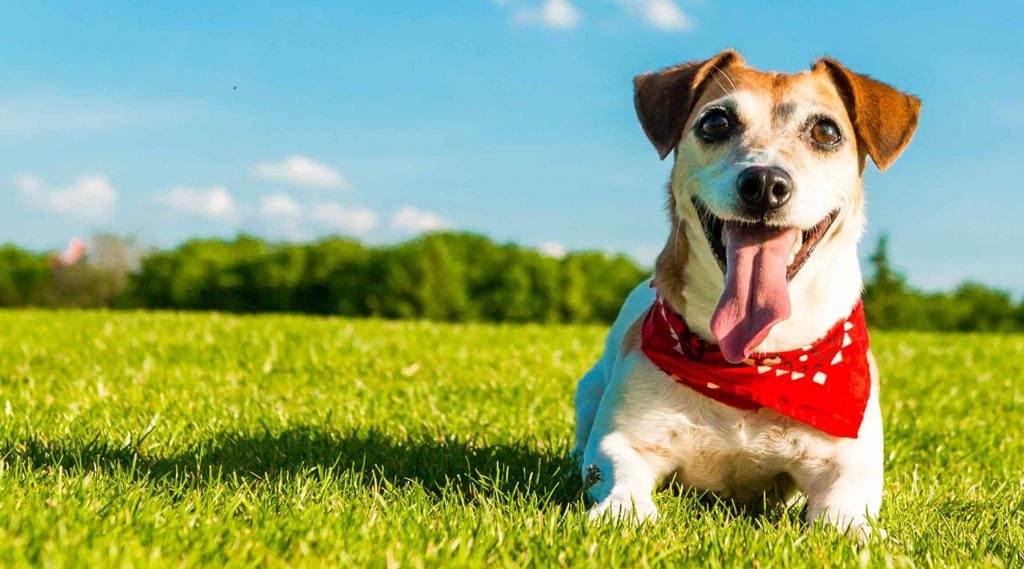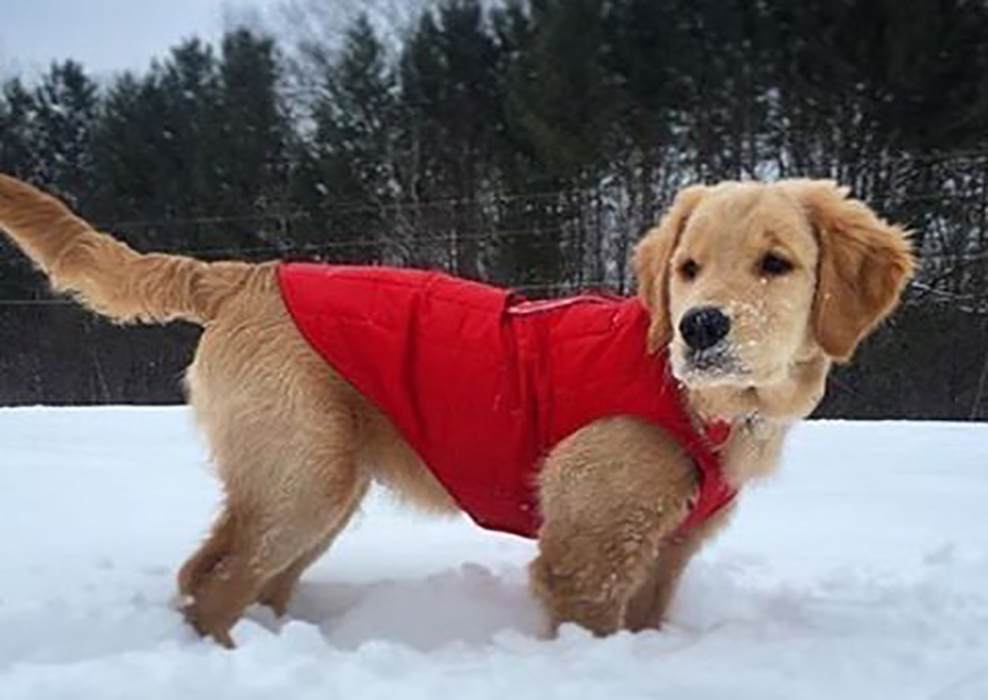Most of the dog lovers are greedy for them. Many of the owners are frightened by the thought of their growth. Some need them to grow slowly while the rest run behind the timelines. Teething is a sign of growth and just like us people, the teeth of puppies’ too fall out. There is a timeline that is associated with the complete growth of puppies. Here we are about to describe the teething timeline of labs.
First of all, do not get anxious and eager to see them grow. There is a fixed schedule that has to happen smoothly. This timetable is different for different breeds. Some excel in the schedule and some others take time. This can be due to genetic factors and food habits. Now, we will present the timeline that is prepared by experts who observe lab puppies for their changes. Teething is the period between having no teeth and acquiring a complete set of permanent teeth.
Week 0-2
Puppies are toothless at the time of birth. There may be some signs that can make you happy like raw gums. This is a sign that the baby tooth is about to protrude. The only food they will feed upon is their mother’s milk. Your puppy is fast-growing if he starts to show signs of having teeth.
Week 2-4
Your puppy is still getting nursed. Now you can slightly touch the jaw of your puppy. You will find out that he has something like a chisel that peeps outward. It’s time to celebrate as your puppy has entered the teething phase. The small gravels that he does are because of the feeling that he needs something to grind. But you still have to be careful with his food habits as he should be fed with his mom’s milk.
Even if you find some blood inside your puppy’s mouth, you don’t have to worry since this is perfectly normal. This little amount of blood is due to the process of teething. The jaw lining gets worn during this phase.
Week 4-6
By the end of these two weeks, your puppy will be having a fully grown set of baby teeth. Just like us, puppies will also have 28 teeth. They would not be much strong as the puppy is not yet grown up. So keep a check on your lab as it should not bite something that is very hard. You can experiment with different puppy foods but make sure that they are very soft. Also, you have to first try small bits and only if it is fine with the puppy, go on with it.
If you find any broken tooth inside your puppy’s mouth then don’t leave it carelessly. Your puppy may have bitten something very hard or poisonous. This can be infectious. So, considering a vet would be the best option.
Week 6-8
This is a phase where all of the teeth have a better grip on his jaw. He can now feed upon the puppy foods that are available in the market. You do not have to worry about the breakage of his baby teeth as they have the capacity of breaking all the normal foods. But for some of them, their milk teeth will have a slight shake. This is also normal.
Some of your puppies will have loosened teeth in this period. This is the beginning of the teething process that we are describing in this article. When this process starts, your duty is increased. You have to have a check on the alignment of your pup’s teeth.
Week 8- 10
Normally, the baby teeth of labs will start to loosen off from its roots after three months. Some start to absorb their teeth roots. This phase can be difficult for many puppies. You don’t have to panic because everyone including humans has to go through this phase. As kids, even we too felt a bit painful when our tooth was plucked out. This sensation has to be suffered by our labs too.
Also, it is advisable to provide your puppy with soft chewy toys. This helps them to have a better experience with the growth of their rice-sized tooth. At this point of time, he tries to bite anything that he finds. Stay away from him since his milk teeth which hasn’t shed is sharp.
The permanent set of teeth is really hard and once all the milk teeth have shed, the teething process is completed. At the end of the tenth week, most of the puppies stop teething. Again, misalignment causes pain and weird jaw shapes. So, you have to consider a vet in such cases. Periodontal diseases are serious issues and do not let them suffer.
6 Months
By this time, all the milk teeth of your pup have to be shed off. They would have started to grow strong adult teeth. This teething is a permanent one and would not be naturally shed off. Also more number of tooth than the milk ones re to be settled in their jaw. Forty-two teeth should find space inside their mouth and hence this is not a fast process.
You have to take care of them since they don’t know about their hygiene. Their teeth have to be brushed regularly as yours. If this fails, then there are possibilities for many infections. Also, you can get to a vet so that a periodic checkup and cleaning is completed.
In a Glance
| Period | Teething phase |
| 2 weeks | Toothless |
| 4 weeks | Milk teeth start to protrude. |
| 6 weeks | All the milk teeth get aligned. |
| 8 weeks | The milk teeth start to shake. |
| 10 weeks | Permanent teeth start to grow in the place of milk teeth. |
| 6 months | Fully grown permanent teeth and the end of teething phase |
Conclusion
Raising a puppy is completely a lovable job. You have an additional member who is entirely different from you. You get to know that you will be loved more if you give a little care to them. They do need extra care regarding their health and hygiene. So do assist them with all your love since they only need your care. The teething process is a bit painful as it is for us.
During this period, you need a clear idea about the difficulties that they face. This helps you to soothe them so that they get relieved. If you find anything unusual, do not panic and run to the vet at once. Let your lab be your light!
References
- https://books.google.com/books?hl=en&lr=&id=jGvsDQAAQBAJ&oi=fnd&pg=PT27&dq=Lab+Puppy+Stop+Teething&ots=5jyNOa-jif&sig=edNZTtGSVuGQ3o57xh_Zv7cr30Y
- https://www.ncbi.nlm.nih.gov/pmc/articles/PMC2583421/
Table of Contents





